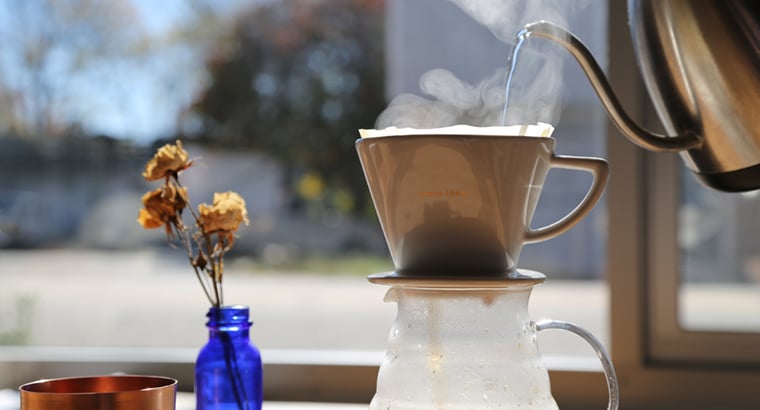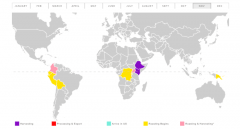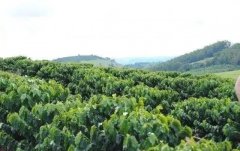Ratio of freshly ground coffee powder to water Coffee basics: brewing ratio-how much water and coffee to use
For brewing coffee water and powder, we recommend a ratio of 1:17.

At 1:17, for every gram of coffee, use 17 grams of water. This provides the best opportunity for ideal extraction, that is, the soluble flavor of coffee grounds dissolves in water and is complementary. This ratio is the best for manual and automatic dumping methods.
As you may have noticed, we recommend that our ratio be based on the weight of grams. For weighing your coffee, we recommend that you use basic kitchen scales, or high-tech scales that want to be very accurate, such as Acaia Pearl.

For those who have no scale, measure coffee or water with spoons and ounces, following the 1:4 ratio. Add 1 tablespoon of coffee every 4 ounces of water.
This standard is slightly different from the recommended proportion of "full-immersion" brewing methods such as French presses, ingenious emitters and siphons. These methods require stricter ratios, as shown in the following figure, close to 1:15.

Because water and coffee stay much longer in full-immersion brewing than dripping methods (such as automatic dripping or pouring cups), and because water flows through the ground rather than soaked in it, it takes longer to extract, so drinking less coffee helps to balance the taste.
Important Notice :
前街咖啡 FrontStreet Coffee has moved to new addredd:
FrontStreet Coffee Address: 315,Donghua East Road,GuangZhou
Tel:020 38364473
- Prev

Essential knowledge of coffee: seasonality-when is the specific coffee season?
Coffee is complex, but one of our favorite facts to share is simple and basic: coffee is the seed of fruit. Like fruits, vegetables and any other agricultural product you can think of, coffee produced around the world has the best harvest and consumption time of the year. Strawberry lovers are well aware of a pint of light and tasteless strawberries bought in autumn or winter and spring or summer.
- Next

Coffee tasting and describing the defective flavor of coffee what is the taste defect of potato?
Potato defects in coffee, also known as potato taste defects, or PTD, occur in coffee in Rwanda, western Uganda, Burundi and the Democratic Republic of the Congo. It smells and tastes like the name: raw potatoes. The visual recognition rate associated with PTD defective seeds (or coffee beans) is very low, if any. In fact, most defective seeds
Related
- Beginners will see the "Coffee pull flower" guide!
- What is the difference between ice blog purified milk and ordinary milk coffee?
- Why is the Philippines the largest producer of crops in Liberia?
- For coffee extraction, should the fine powder be retained?
- How does extracted espresso fill pressed powder? How much strength does it take to press the powder?
- How to make jasmine cold extract coffee? Is the jasmine + latte good?
- Will this little toy really make the coffee taste better? How does Lily Drip affect coffee extraction?
- Will the action of slapping the filter cup also affect coffee extraction?
- What's the difference between powder-to-water ratio and powder-to-liquid ratio?
- What is the Ethiopian local species? What does it have to do with Heirloom native species?

